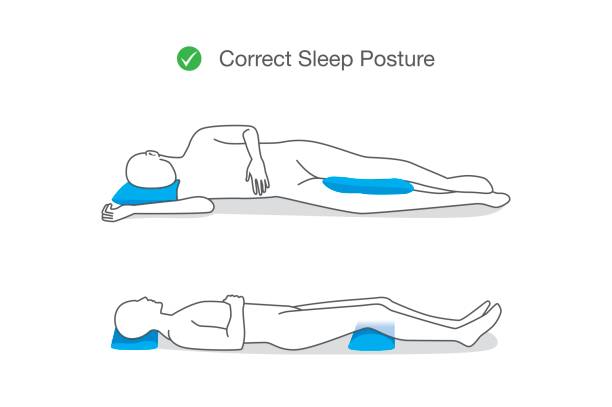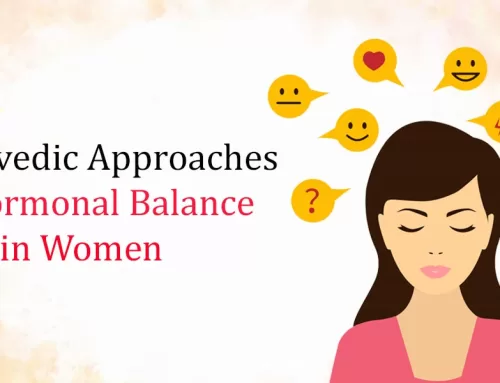When you curl up under the covers at night, you probably fall into your favourite position without much thought. But is one sleeping position superior to another? Research says that some are superior to others, but there are caveats. Let us learn more about choosing the best sleeping position in this article.
Pick Your Position
Sleep position is less important for young, healthy people, but older and have more medical issues. Thus, choosing the best sleep position can become positive or negative.
Before you turn off the light, consider the following factors:
-
Back and neck pain: According to studies, sleeping on your back is a mixed bag when it comes to pain relief.
Sleeping face up can make neck pain worse for people who suffer from it, says Yash Birla.
However, many people find that back sleep relieves low-back pain. If you have back pain, try different positions and pillows to see what works best for you.
- Snoring and sleep apnea: Obstructive sleep apnea occurs when the airways collapse during sleep, resulting in breathing pauses. It is frequently associated with snoring. Studies say that sleeping on your side or stomach can help keep your airways open and reduce snoring and mild apnea.
- Reflux and heartburn: Sleeping on your right side can aggravate heartburn symptoms. This is true for people suffering from gastroesophageal reflux disease (GERD) as well as those suffering from heartburn for other reasons, such as pregnant women. To relieve the burn, turn to your left side, says research.
- Appearance: If you sleep on your side or stomach, you have probably woken up with creases on your face. Over time, this can cause breakouts or chronic changes to the skin. Another reason to sleep on your back is if you are worried about wrinkles.
Many people suffer from chronic lower back pain, and choosing the best sleeping position is essential for them. The best sleeping position for lower back pain is on your side with your knees slightly bent. Maintaining a bent knee helps to balance the body and relieves pressure on the lumbar spine. To make this position more comfortable, many people place a small pillow between their knees. Additionally, changing your sleeping position may help to lower your blood pressure. The best sleeping position for low blood pressure is to sleep face down.
By far the most popular sleeping position is sleeping on the back, and for most men, the healthiest. A man sleeping on his back rests his neck, head, and spine in neutral positions explains Yash Birla. Use a good pillow to keep your stomach below your oesophagus.








Leave A Comment